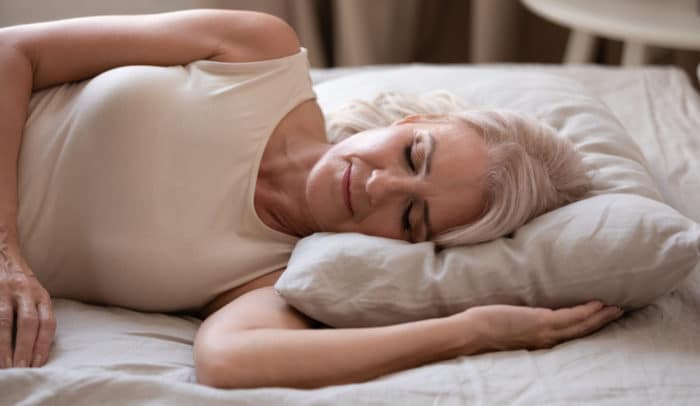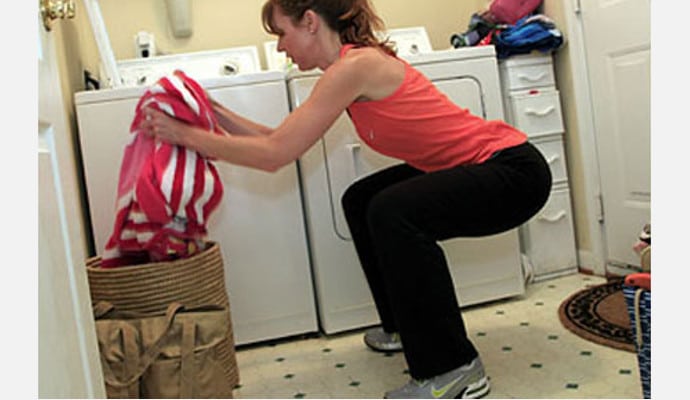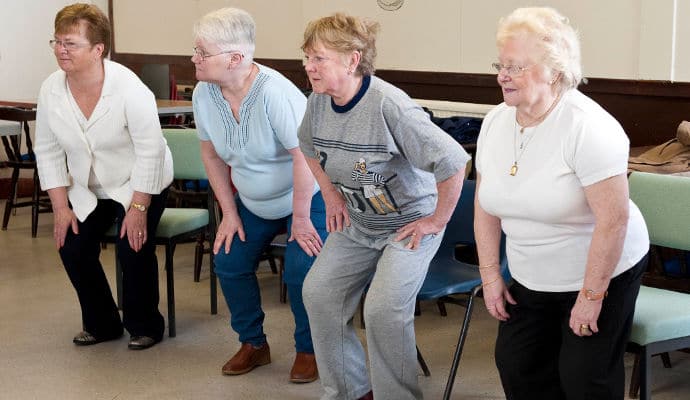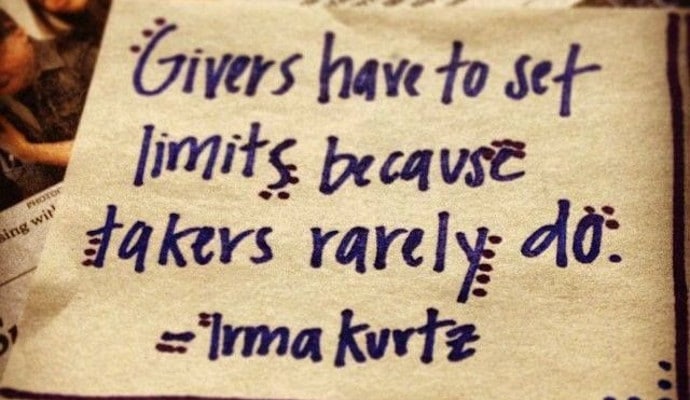
When You’re a Caregiver, Sleep Doesn’t Come Easy
Even when you get the chance to rest, the constant stress and worry of caregiving can make it difficult to fall asleep.
And if you need to wake during the night to help your older adult, the problem is compounded.
But as you well know, sleep is essential for caregiver health and well-being.
We found a Fast Company article that describes an old U.S. Army technique to help soldiers fall asleep quickly under difficult or uncomfortable conditions, such as on a battlefield.
It’s free, doesn’t require any training or equipment, is drug-free, and can be done by anyone at any time.
We summarize the writer’s personal experience testing it out and explain how to use this 2-minute sleep technique.
Fall Asleep Like a Pro with New “Sleep” Technique
This technique is reported to work for 96% of the people who tried it for 6 weeks. That timeframe is necessary because this method may not work immediately.
Michael Grothaus, the article’s writer, tested out the technique for the full 6 weeks and declared it a success.
He found that it took about a week of using the technique before he started falling asleep within a few minutes. After that, it didn’t work 100% of the time, but by the fourth week, it worked the majority of the time.
He also mentioned that one of the visualizations seemed to work better for him than the other so it’s a good idea to experiment to see what works best for you.
Will this technique work for you? It’s definitely worth a try.
It only takes 2 minutes, costs nothing, and is drug-free. It’s a better bet than sleep medications, which don’t always work well and can cause adverse side effects and long-term issues.
Be sure to give it a fair trial by testing it out over the full 6 weeks.
How the U.S. Army Uses the 2-Minute Technique for Falling Asleep
The U.S. Army used this technique to help soldiers fall asleep in “less than ideal” conditions. It mainly involves muscle relaxation, breathing, and visualization.
How to use the technique:
- Sit on the edge of the bed. Make sure only the bedside light is on, your phone is silenced, and your alarm is set for the morning.
- Relax your facial muscles. First, tighten them up by scrunching up your face. Then, slowly let your face naturally loosen. Let your tongue relax naturally.
- Next, let gravity pull your shoulders toward the ground. Then let your arms dangle, one side at a time.
- While doing this, breathe in and out, listening to the sound of your breath. With each breath, let your chest relax further and let gravity relax your thighs and lower legs.
- Once your body feels loose and relaxed, try to clear your mind for 10 seconds. If thoughts come up, let them pass—focus on keeping your body loose and limp.
- Now, picture one of these two scenarios: 1) lying in a canoe in a calm lake with clear blue skies above, or 2) lying in a soft hammock, gently swaying in a pitch-black room. If you prefer not to use visualization, chant the mantra, “Don’t think, don’t think, don’t think” for 10 seconds.
Going through these steps should take about 2 minutes.
After that, lie down and turn out the bedside light. Hopefully, you’ll drift off to sleep within a few minutes.
Next Steps: Hear one writer’s personal experience trying this 2 minute sleep technique
Recommended for you:
- 15 Affordable Stress Relief Products for Caregivers
- 2 Ways to Solve Senior Sleep Problems for Better Rest
- 3 Ways to Prevent Caregiver Stress and Burnout
About the Author

Connie is the founder of DailyCaring.com and was a hands-on caregiver for her grandmother for 20 years. (Grandma made it to 101 years old!) She knows how challenging, overwhelming, and all-consuming caring for an older adult can be. She also understands the importance of support, especially in the form of practical solutions, valuable resources, and self-care tips.













